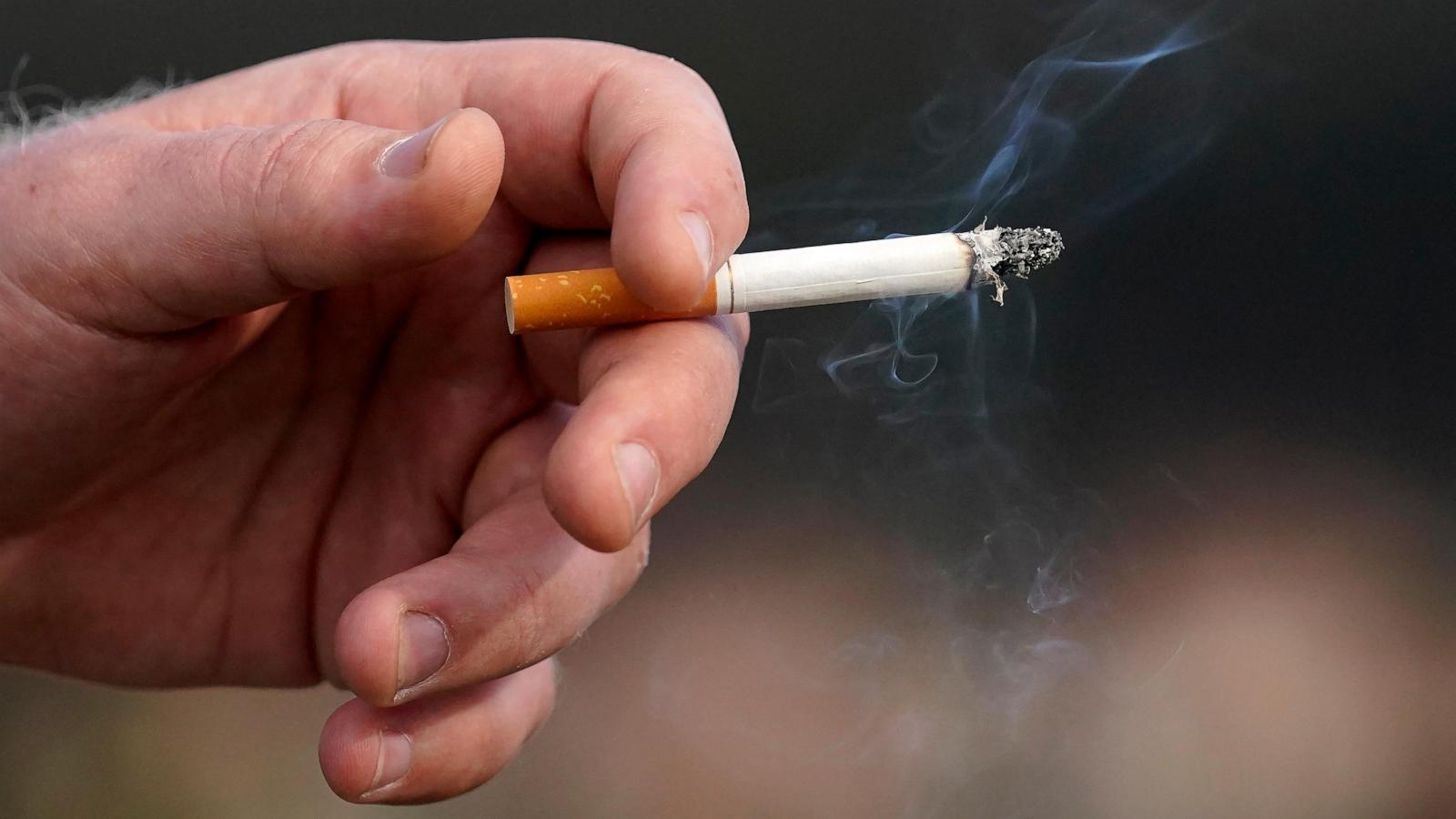FDA's Bold Move: Nicotine-Capped Cigarettes to Curb Addiction?
The FDA just dropped a bombshell proposal that could revolutionize the fight against smoking: capping nicotine levels in cigarettes. This isn't some small-scale initiative; we're talking about a potential game-changer that could dramatically reduce smoking rates. Could this be the ultimate weapon in our fight against addiction and related illnesses? The truth is that it is far from a guaranteed success, and faces an uphill battle to take full effect.
The Proposed Rule: A Nicotine Limit
The FDA's ambitious plan aims to dramatically reduce the addictive power of cigarettes by setting a maximum nicotine level. This bold move is backed by extensive research showing a significant link between nicotine's addictive nature and continued smoking habits. The goal? To create cigarettes so low in nicotine that they can no longer sustain addiction. Experts estimate this could help millions quit smoking, and potentially prevent millions more from ever starting.
A Massive Public Health Impact
The FDA projects that reducing nicotine in cigarettes could lead to nearly 13 million smokers quitting within just one year! Even more stunning, about 48 million young people could be prevented from ever starting, saving potentially hundreds of billions in healthcare costs and millions of lives.
But it won't be easy
Even if this legislation does succeed in gaining acceptance and does what is intended, there's still a huge challenge that needs to be overcome. Tobacco companies may fiercely resist. They have a history of challenging and often winning against similar regulations, even after years of study and multiple expert comments.
Political Hurdles: Will It Survive the Transition?
This nicotine-reduction plan arrives in the final days of a presidential term, creating significant political uncertainty. The incoming administration's stance on this plan remains uncertain. The political climate and the regulatory challenges pose potentially huge obstacles and threaten to greatly delay the implementation of this policy change. Without sufficient executive branch support, even if deemed good public health practice, its unlikely to be passed, adding to the massive opposition likely to arise.
Past Efforts and Future Uncertainties
Past attempts to curb nicotine content, like those undertaken under the Trump administration, faced obstacles. Tobacco companies employed extensive litigation which hampered implementation. These battles are costly and require tremendous legal support to overcome, further slowing down policy and legislation updates. Will this administration have a better outcome?
Who Supports the Proposed Rule?
Antismoking advocates wholeheartedly endorse this nicotine-capping idea, praising it as a vital step towards protecting public health. Major health organizations and coalitions have openly expressed support for the regulation and implementation and plan on helping support and promote the proposal.
The Science Behind the Solution: Long-Term Health Benefits
The proposed nicotine reduction is supported by years of scientific research highlighting the addictive nature of nicotine in cigarettes. Studies show that very low nicotine cigarettes lead to reduced smoking frequency and make it more likely smokers will try to quit. The effects can change and will need continued study to find an ideal implementation, especially since previous attempts at this approach in history resulted in a loss, for instance attempts using the marketing of low-tar cigarettes failed due to consumer response. Addressing the consumer side is critical in the success of these endeavors.
What Will It Mean For The Average Consumer?
Lower-nicotine cigarettes offer smokers a path toward quitting, something that is far more difficult and statistically less successful without a policy in place such as this one. By limiting the addictive component in tobacco products, there is a potential change for health across the board. Lower-nicotine products are not an inherently negative thing when approached correctly.
Dispelling Myths and Misconceptions
There’s a persistent misconception that lower nicotine simply leads to more frequent or deeper inhalation to achieve the same effect. However, recent studies challenge this assumption, suggesting smokers may not compensate as significantly as feared.
The Global Perspective and Way Forward
The FDA's action, setting a maximum nicotine threshold, would represent a landmark policy unlike anything implemented before in other countries to address cigarette addiction. With over 480,000 U.S. deaths yearly due to smoking-related diseases, this measure holds significant promise for positive changes, in comparison to countries who have done nothing to change or modify tobacco products or who do not regulate tobacco production in any way. However, any change faces potentially significant roadblocks which include lawsuits, delays, political pressures, public opinions, and changing tobacco company production methods.
Taking on the Tobacco Industry
The tobacco industry wields considerable power and legal expertise, which could mean long legal battles before these proposals become effective and result in changed nicotine content in tobacco products. But there may be opportunities to change strategy to take into consideration some of these factors.
The road ahead remains uncertain but progress could bring changes that make cigarettes less addictive for current and future smokers.
Take Away Points
- The FDA has proposed capping nicotine in cigarettes, a major step in reducing smoking rates.
- This measure could prevent millions from smoking and help current smokers quit.
- The proposal faces substantial political and legal hurdles.
- Years of scientific research support reducing nicotine levels, however significant additional information may be needed before ideal standards are implemented.
- Public support, and understanding, will be necessary for any change that is proposed to the public health or to current cigarette smokers.




